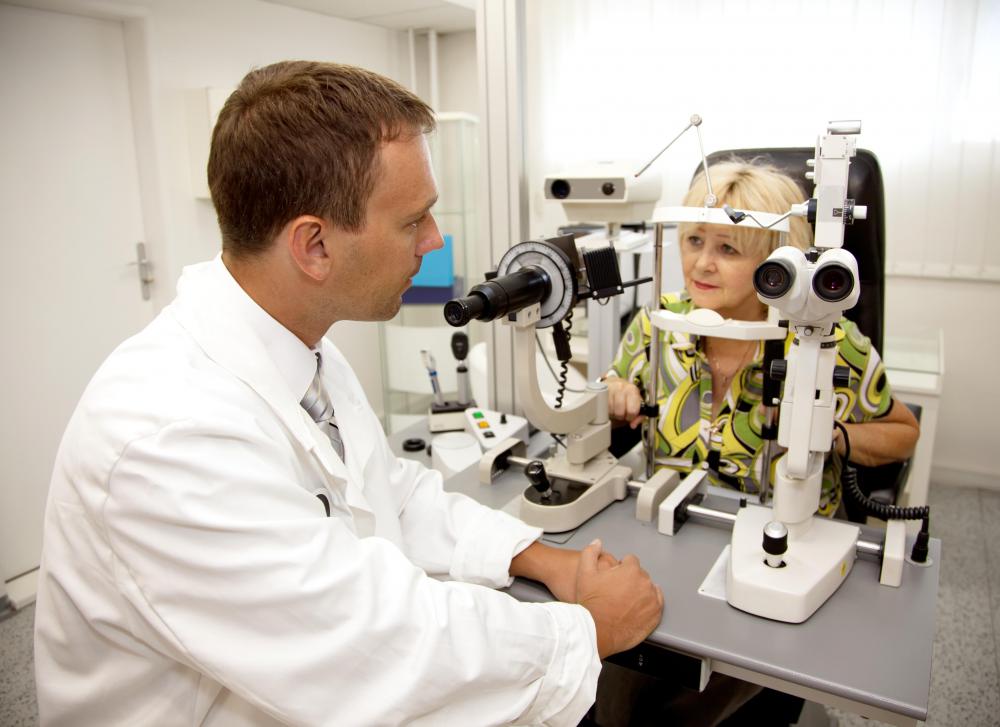At TheHealthBoard, we're committed to delivering accurate, trustworthy information. Our expert-authored content is rigorously fact-checked and sourced from credible authorities. Discover how we uphold the highest standards in providing you with reliable knowledge.
What is a Depth Perception Test?
A depth perception test is a scientific method for determining an individual’s depth perception. Depth perception is the ability to estimate the distance of a viewed object. Numerous brain and eye functions are required for correct depth perception. Primarily, both eyes must function in near-perfect tandem for an accurate reckoning of depth and distance. A depth perception test can detect minor flaws in this process that may not be evident in day-to-day life.
Depth perception occurs because of minor differences in the location of the eyes in the human face. This results in two slightly different views of the same object, a process called stereopsis. The brain usually processes this visual information automatically, providing a person with a three-dimensional view of all objects in sight, including which objects are closer than others. Variances in sight or brain function can impair this process. A depth perception test can determine whether a person has these visual impairments.

Humans and some other animals, including most primates, have stereoscopic vision because their eyes are located on the front of their head, allowing both eyes to focus on the same object simultaneously. Scientists believe this provides predatory animals such as primates with the ability to target and catch prey. In modern life, numerous careers depend on accurate depth perception, including those of pilots, athletes, and medical professionals. A depth perception test may be required to ensure that a person’s vision meets the standards required of his or her profession. For example, a pilot must have flawless depth perception for the safety of an aircraft’s crew and passengers.

Depth perception depends on other visual cues besides stereopsis, such as existing knowledge of an object’s size. A depth perception test removes some of these cues to measure vision and brain function. For example, a random-dot stereotest uses generic shapes to force the subject to rely on stereopsis alone for depth analysis. One such test uses sheets of plastic of varying clarity to create the illusion of depth.

A simple depth perception test determines whether both eyes are aligned when viewing the same object, known as convergence. Disorders such as amblyopia, commonly called lazy eye, or strabismus can impair convergence and depth perception. These conditions can easily be determined when they are constant, or chronic; if they occur intermittently, however, a depth perception test may be required to detect them. Licensed optometrists or ophthalmologists can treat such conditions with therapy, corrective lenses, or both.
AS FEATURED ON:
AS FEATURED ON:















Discuss this Article
Post your comments